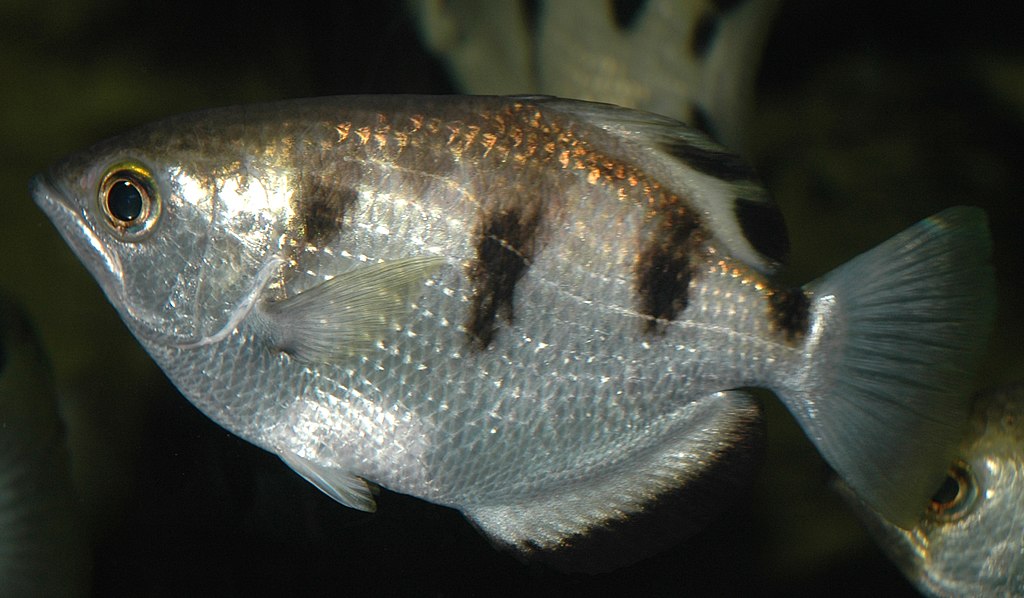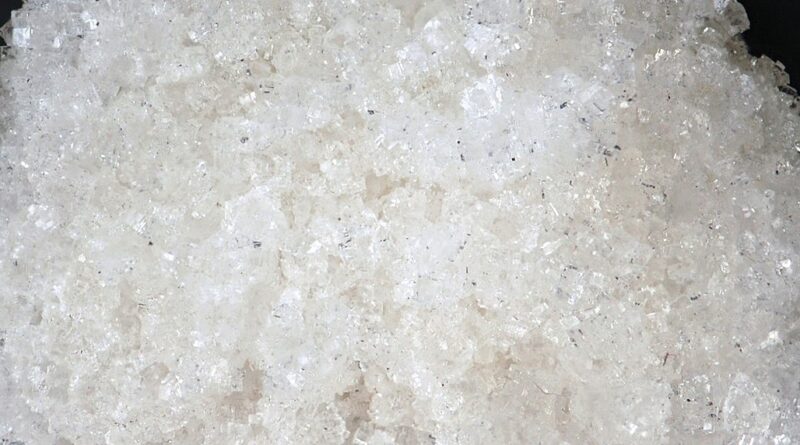How much aquarium salt should I add to my fish tank?
None.
Yeah yeah you want more details.
So if you are talking about a marine tank you need specialist marine salt mixes. The stuff in the sea isn’t just sodium chloride, there’s a lot of trace stuff marine tanks need.
Brackish needs the same types of salt mix, but at lower concentrations.

Freshwater tanks.
Sodium levels are so low in the Amazon region that butterflies famously drink turtles tears, and parrots fly miles to access salt licks. The amount already in your tap water is higher than that in the natural river waters of the Amazon, and the story is similar around the world, Even those hard water areas such as Lake Malawi measure the sodium and chloride concentrations in single or low double figures, in parts per million. If you put a teaspoon of salt into a 100l aquarium that’s about 5 or 6 grams, or 5000mg. Meaning you are now at 50ppm salt. Even in very hard aquaria that’s about 5 times more salt than they would see in the wild.
But does this matter? Yes. Salt water has different properties to fresh. It’s more basic, contains about 20% less oxygen, and has a number of physiological impacts on your fish.

Freshwater fish and salt water fish differ in how they get water in and out of their bodies. Fish need the amount of salt in their cells and blood to remain constant. In salt water chloride cells in the gills of marine fish produce an enzyme that enables them to get rid of the excess salt that builds up as they drink seawater. This allows them to pump out sodium from their bodies, but this takes energy. Their kidneys also work harder to get rid of ions from their blood. Fresh water fish on the other hand urinate, and they pee a lot, up to a third of their body weight each day. They also do the opposite of marine fish, taking up ions via their gills. Place a salt water fish in fresh water and they will carry on flushign the salt out their system until they don’t have enough for basic functions, put a freshwater fish into salt water and they will get dehydrated far too fast.
But you’re not adding marine levels of salt, the directions on one brand say one rounded teaspoon per 20 l. A level teaspoon is about 5.7g, but a rounded teaspoon could be double that. So 10g for ease of the maths, per 20l. That’s 10 000mg per 20l, or 500ppm. 50 times higher than hard water environments, and thousands of times more than soft water.

What is this doing to our fishes organs? That is too long a question to answer here, different fish have wildly different responses to salt exposure. The studies are also limited to the LC50-96 for the most. That’s the lethal dose for 50% of them over 96 hours.
Let’s look at us humans, the toxic level for carbon monoxide differs wildly, the safe levels for 24 hours is about 50ppm, the safe level for 10 minutes is about 1500 ppm, and by safe we mean not dead. So we can have 50ppm in our houses, that wil be fine right? I mena you’ll feel like you’ve got the flu and want to lie down quietly and not do a lot. An observer might say you’re feeling calmer, and that this level is a good thing.
Asthmatic children will start to have symptoms at 0.3ppm for the record. So no 50ppm is a very bad thing. But some studies show that 4000ppm is the leathal limit.
These studies are mostly done on food fish, when there aren’t the alternative medications, because those fish have to go into the food chain. Also they just want the fish to grow as large as possible as fast as possible. There is little concern if the fish is going to live a decade or more that we expect many of our fish to live.
We truely don’t know all the effects of salt on fish, but we know that there are some real negatives. So for me the preponderance of the evidence tell me to leave it out.

